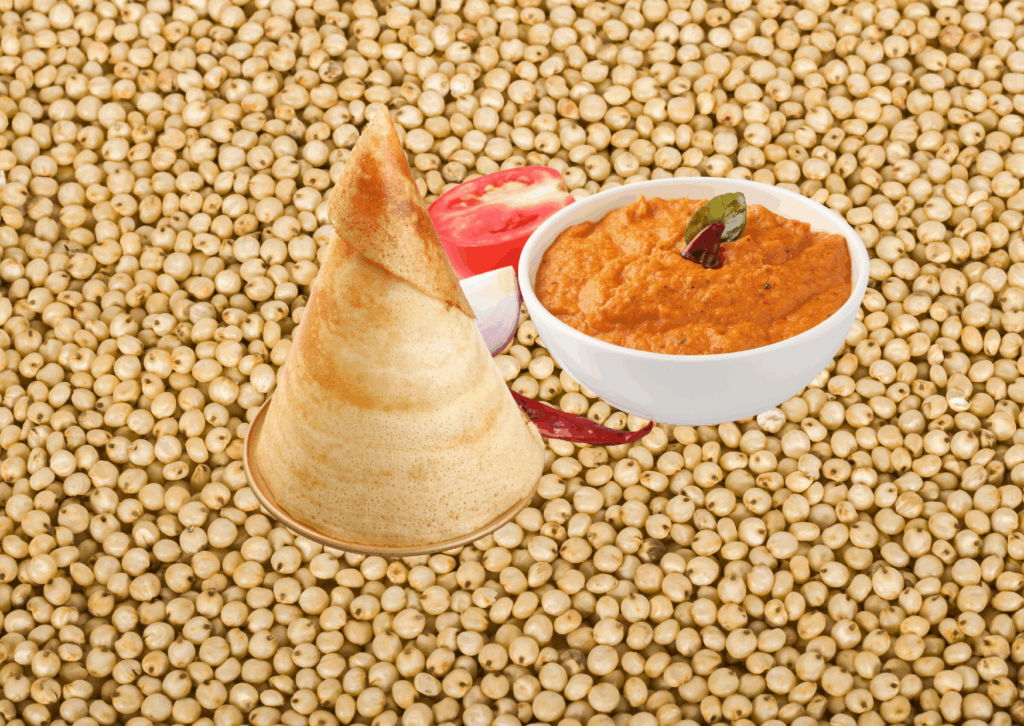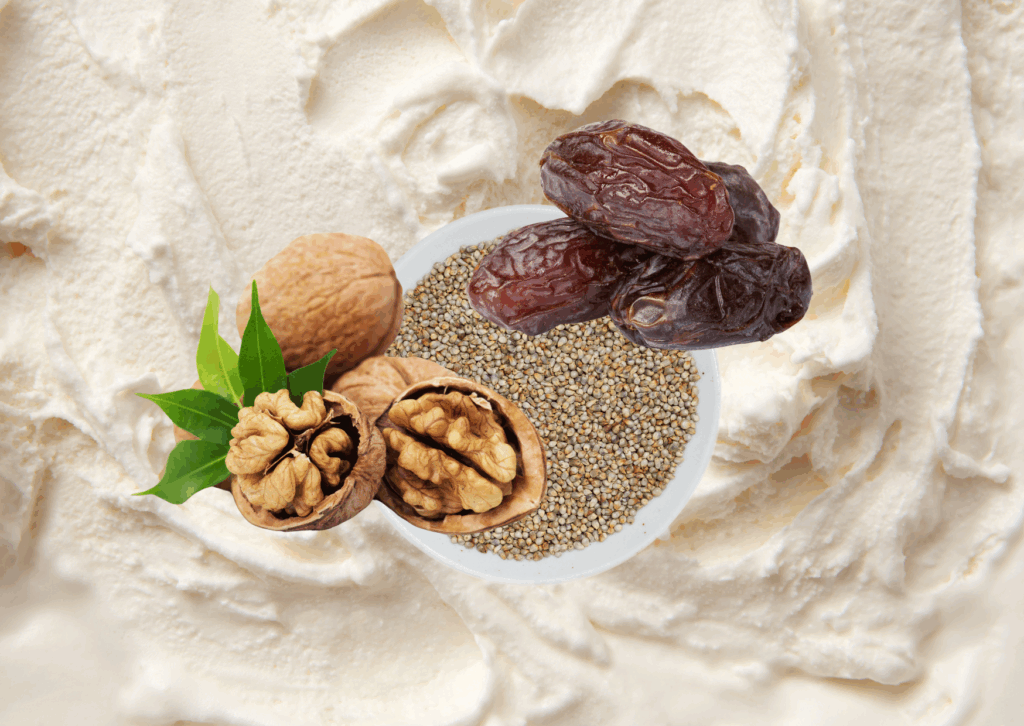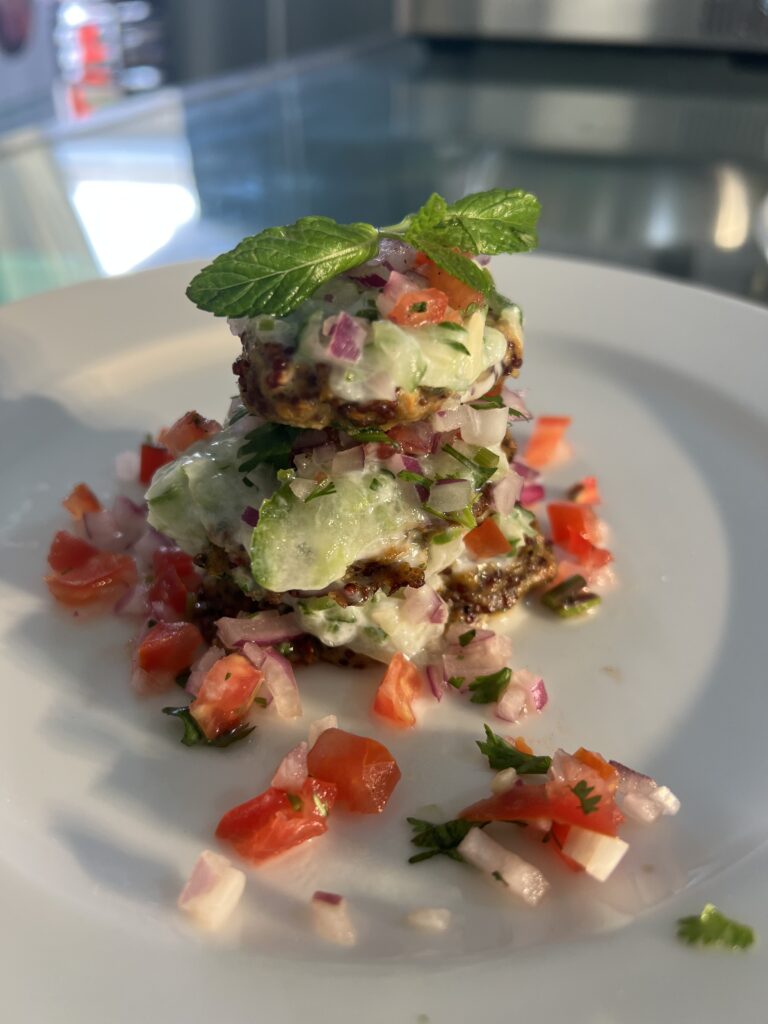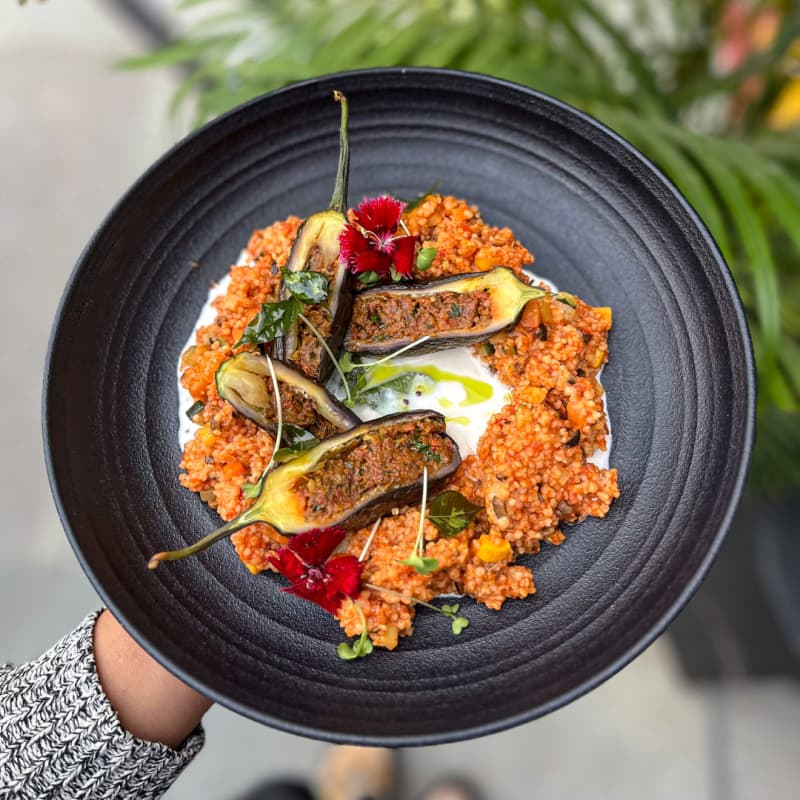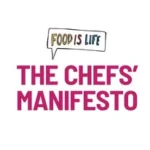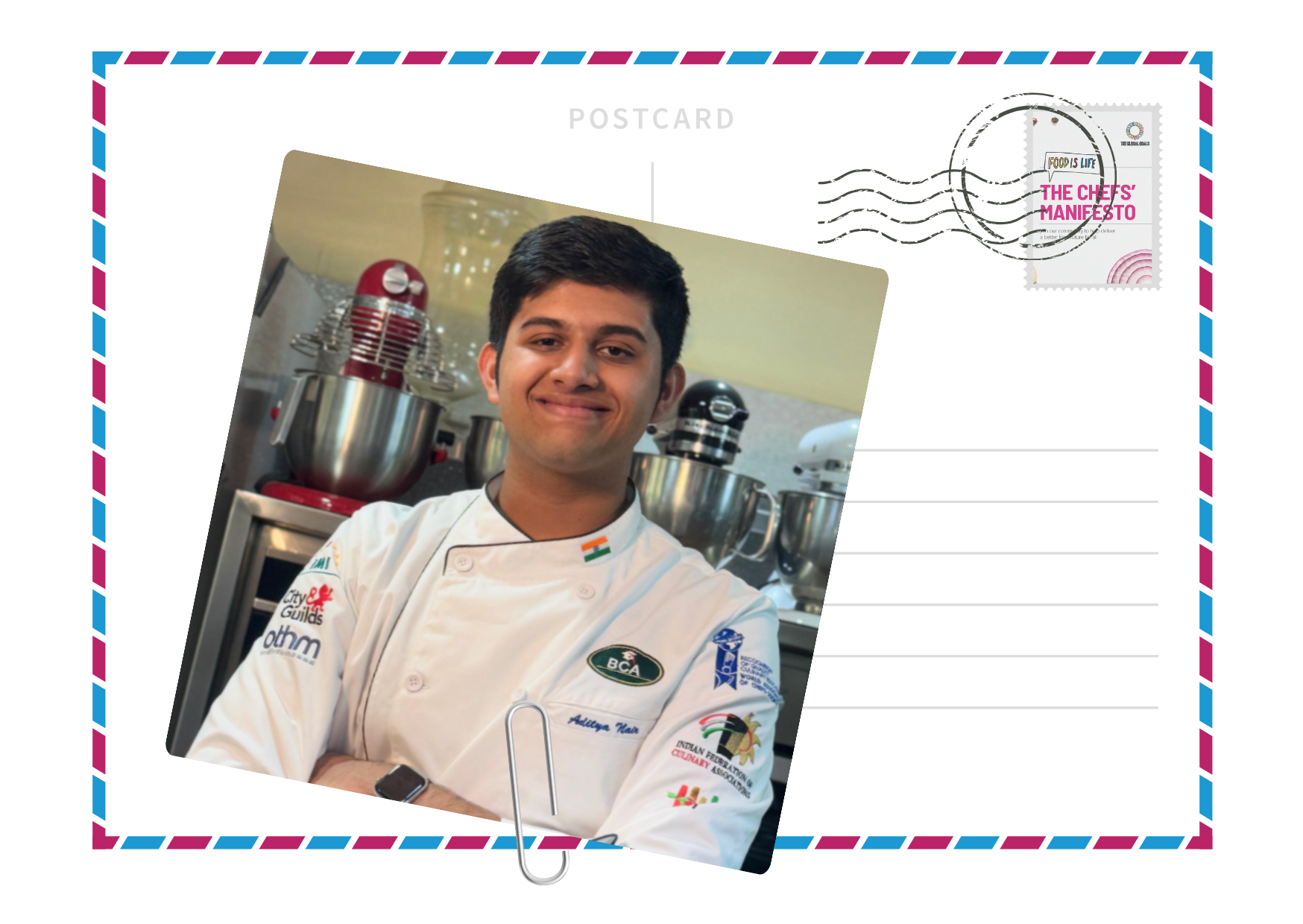
Aditya might only be 17, but he is already shaping up as a next-generation leader in his culinary community. From Bangalore, India, Aditya shares his research into millets, and the potential they have to feed a more food-secure future.
What Are Millets?
Millets encompass a diverse group of small-seeded grasses. These grains have been cultivated for millennia across Asia and Africa, adapting to various agro-ecological zones. Their genetic diversity is immense, with numerous landraces and wild relatives contributing to a rich gene pool. Encompassing a wide range of species such as pearl, finger, foxtail, and little millet, each adapted to specific climates and soils, millets play a vital role in enhancing biodiversity, supporting sustainable agriculture, and providing diverse diets for better nutrition.
Especially at a time when crop diversity is diminishing due to the global dominance of staples like wheat, rice, and maize, millets play a vital role in preserving agricultural biodiversity. Their cultivation and use promote genetic, ecological, and cultural variety, making food systems more resilient and sustainable. The genetic diversity of millets allows for the research and innovation on resilient varieties resistant to pests, diseases, and climate stress, helping reduce the risks associated with monocultures and improving food security.
They grow well in poor, rain-fed soils, require minimal water, and need few or no chemical inputs. Their resilience lowers environmental strain and helps maintain soil health. Millets also fit well into crop rotation systems, reducing erosion and improving long-term land productivity. Additionally, promoting millet cultivation can have profound socio-economic benefits. Smallholder farmers, especially in developing countries, can achieve better yields with lower input costs. This not only improves their livelihoods but also contributes to local food security.
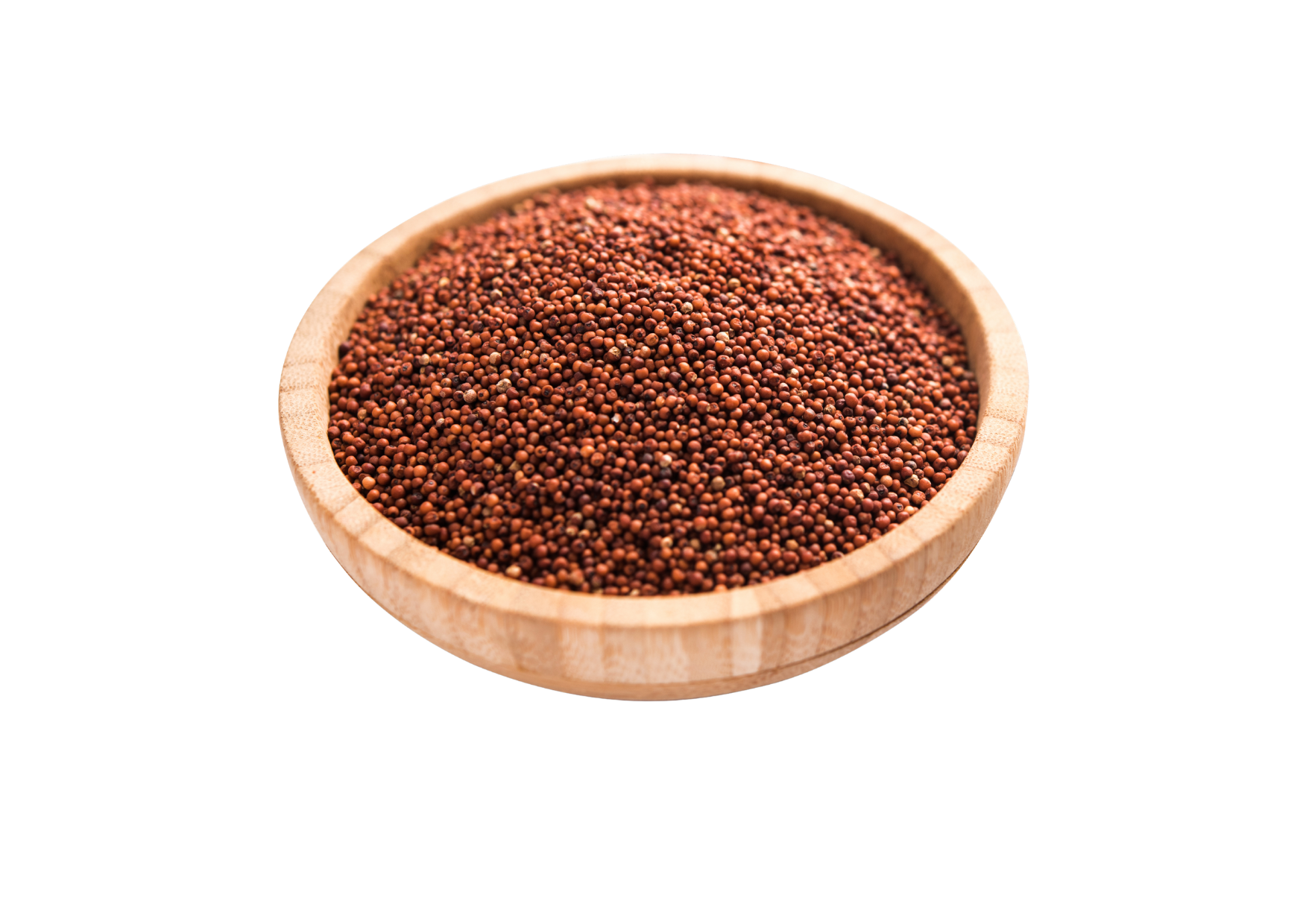
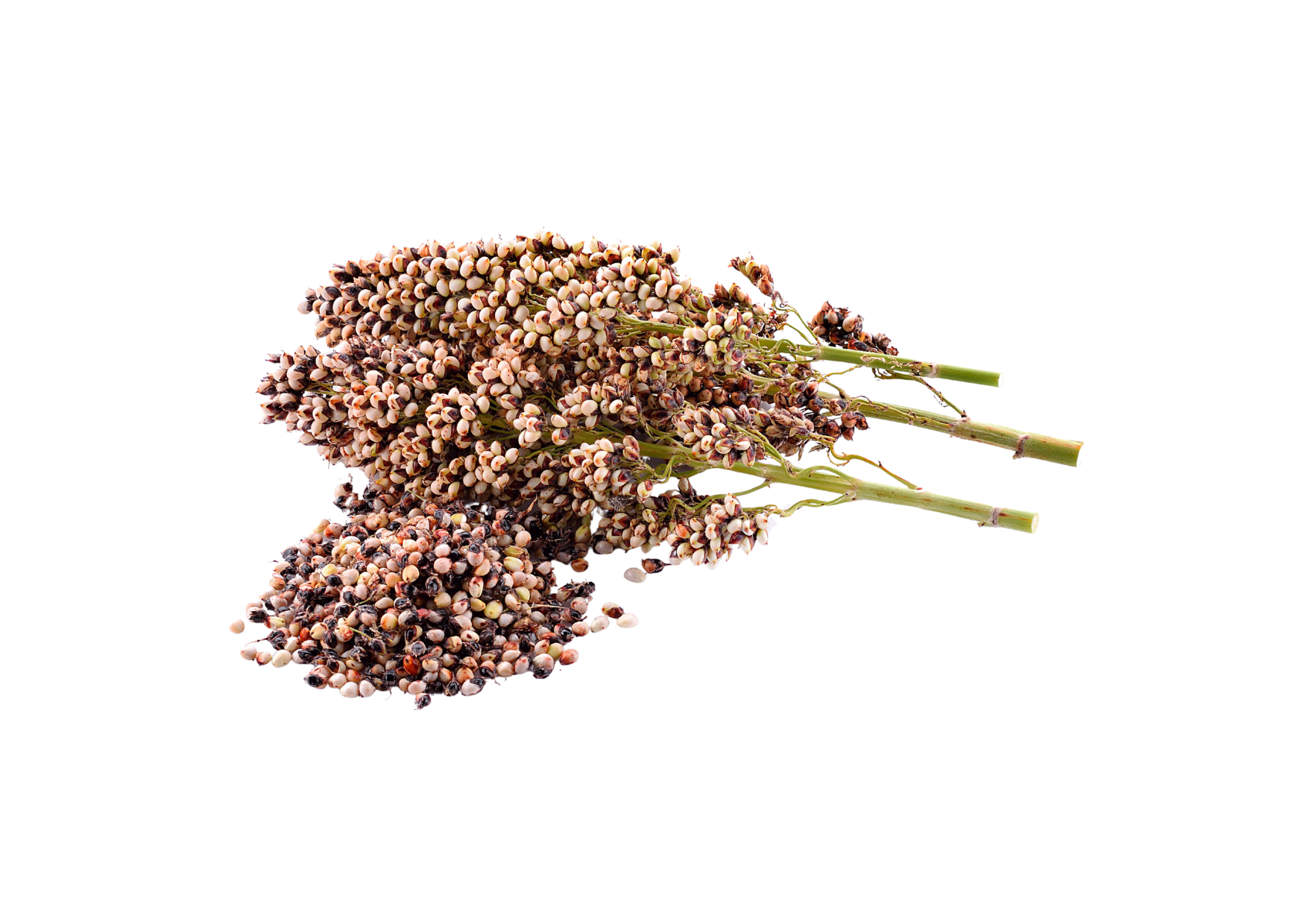

Millets are also nutritional powerhouses.
They are rich in dietary fibre, essential amino acids, vitamins, and minerals like calcium, iron, and magnesium. Finger millet, for example, contains high levels of calcium, beneficial for bone health. Moreover, most millets are gluten-free, making them suitable for individuals with celiac disease or gluten intolerance. Regular consumption of millets has been linked to reduced risks of chronic diseases such as diabetes, cardiovascular ailments, and certain cancers. Their low glycaemic index helps in managing blood sugar levels, making them an excellent dietary choice for diabetics.
Research and conservation efforts are underway to preserve the genetic wealth of millets. Institutions like the International Crops Research Institute for the Semi-Arid Tropics (ICRISAT) maintain extensive germ plasm collections (male and female genetic material). In parallel, community-based initiatives encourage farmers to cultivate traditional millet varieties, ensuring in-situ conservation and the continuation of indigenous knowledge systems.

Cooking with Millets
A question that you may ask now is, ‘but how can I use them? How versatile are they?’ Millets’ adaptability extends beyond agriculture into the culinary realm. Their unique flavours and textures make them suitable for a wide array of dishes. In India, for instance, millets are used to prepare traditional foods like Ragi Mudde (finger millet balls), Bajra Khichdi (pearl millet porridge), and Jowar Bhakri (sorghum flatbread).
Modern gastronomy and contemporary culinary science has embraced millets, incorporating them into pastas, baked goods, and gourmet desserts.
Millet flours are being incorporated into breads, cookies, and pastries, offering gluten-free alternatives rich in nutrients and textures. Millet flours are often blended with other flours for different possibilities in texture and flavour. New processing techniques have also enabled the production of millet-based products like puffs and crisps, catering to health-conscious consumers seeking nutritious snacks.
Traditional fermented drinks such as tongba in Nepal and chhyang in India utilize millets, offering probiotic benefits and unique flavours. Modern adaptations are exploring non-alcoholic versions to appeal to a broader audience .
In 2023, the G20 Summit in India showcased millet-based dishes, highlighting their global culinary appeal. Dishes like oxtail millet leaf crisps and barnyard millet pudding were served to world leaders, emphasising millets’ potential in haute cuisine.
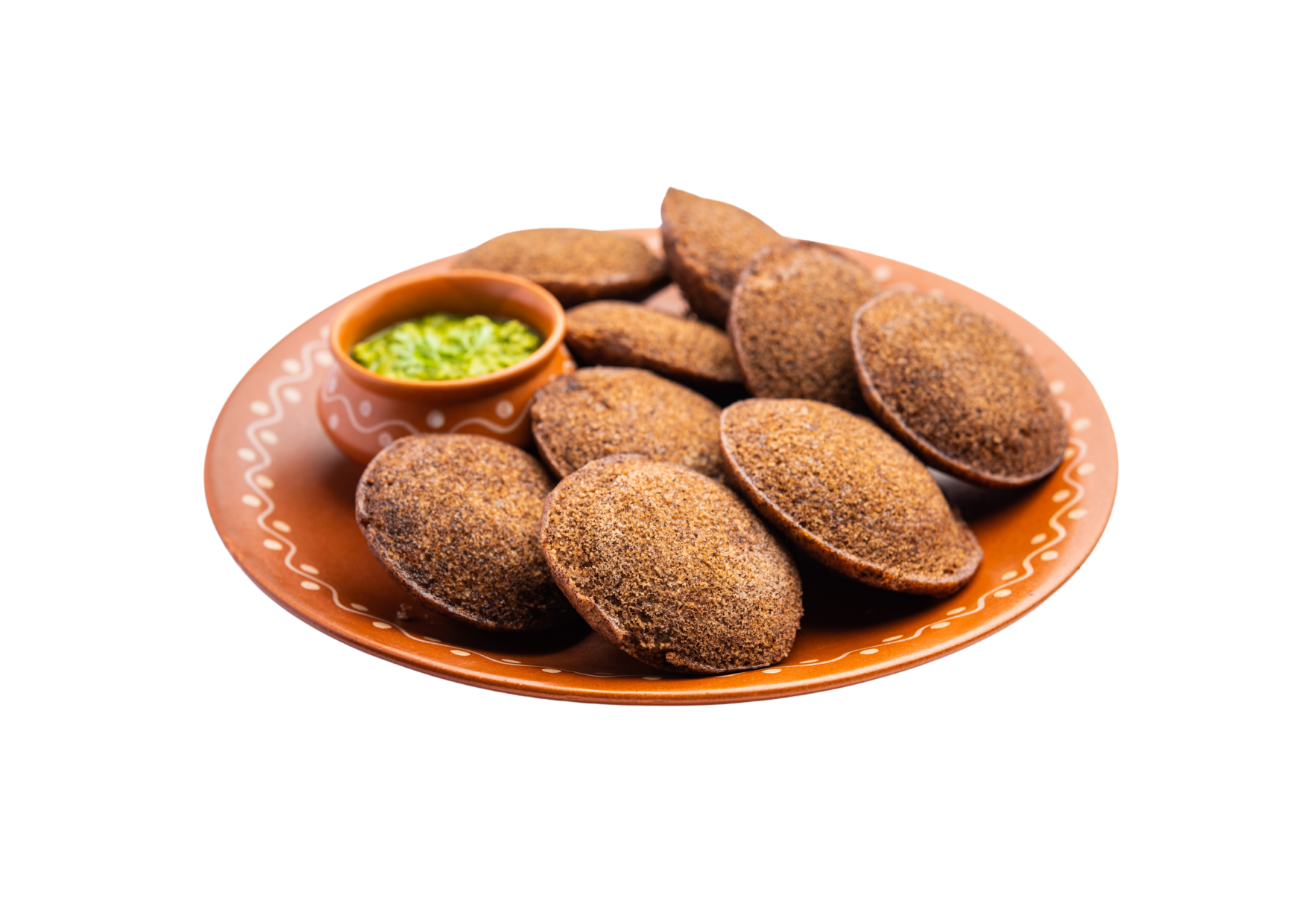
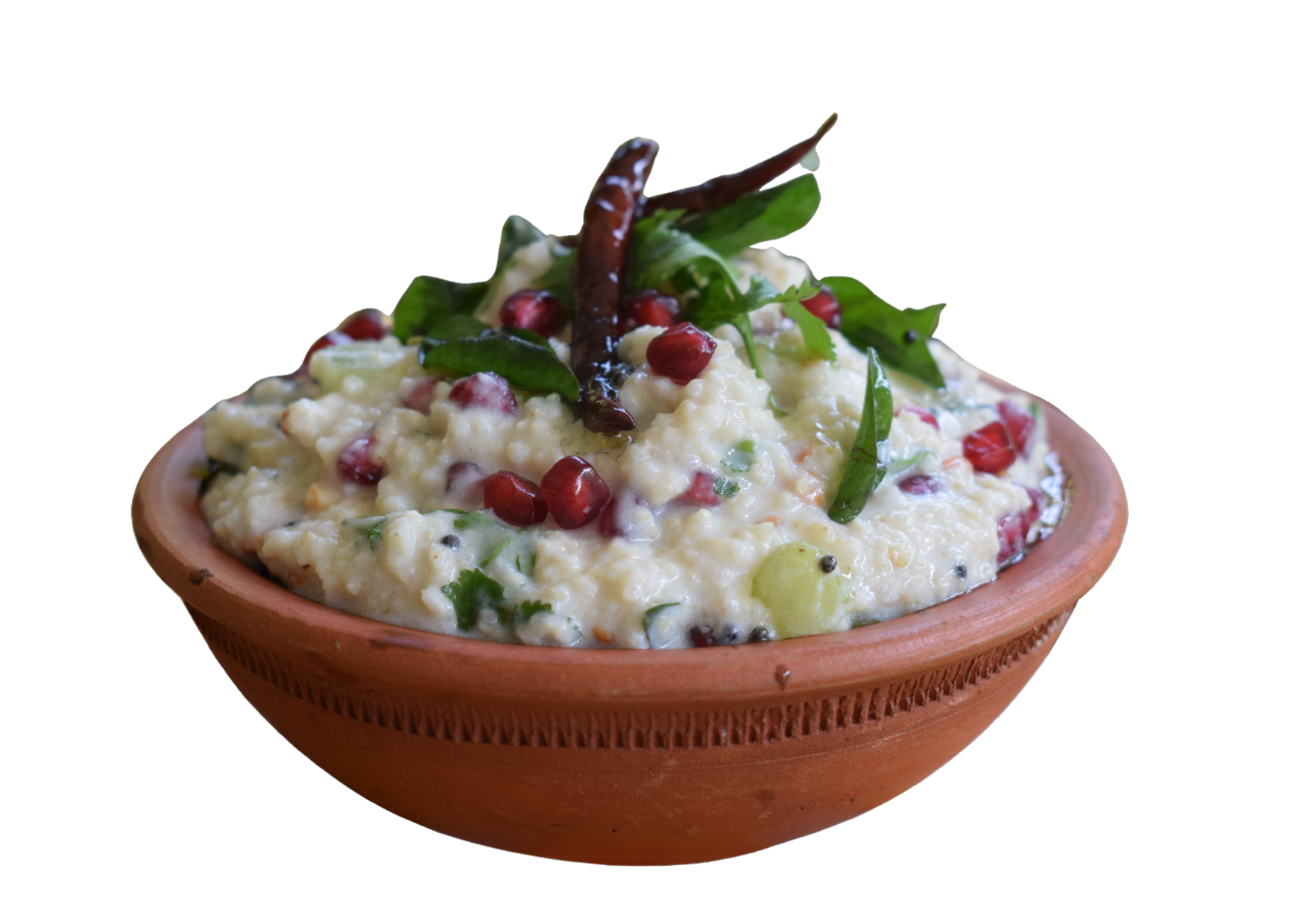
Why Aren’t We Eating More Millets?
Despite their many benefits, millets face a range of challenges that hinder their widespread adoption, including limited market accessibility, low consumer awareness, and underdeveloped processing infrastructure. Their small size and hard outer husks make them more difficult to process, often requiring more labour and time than other cereals, though advancements in milling technology are mitigating these issues by improving both efficiency and end-product quality.
A further complication is their long-standing reputation as the “poor man’s food,” which has historically diminished their prestige and appeal in urban and elite culinary spaces. However, this perception is changing, bolstered by initiatives such as India’s declaration of 2023 as the “Year of Millets”, which aimed to reposition these grains as symbols of nutrition, resilience, and sustainability by integrating millets into public distribution systems and school meal programmes, ensuring nutritional security for vulnerable populations.
Preserving biodiversity and addressing the barriers to millet integration calls for coordinated efforts by governments, NGOs, and private sector players, especially through investments in agricultural research, supply chain development, and targeted marketing. Educational campaigns that emphasise both the health and environmental advantages of millets can help shift public perception and consumer preference.
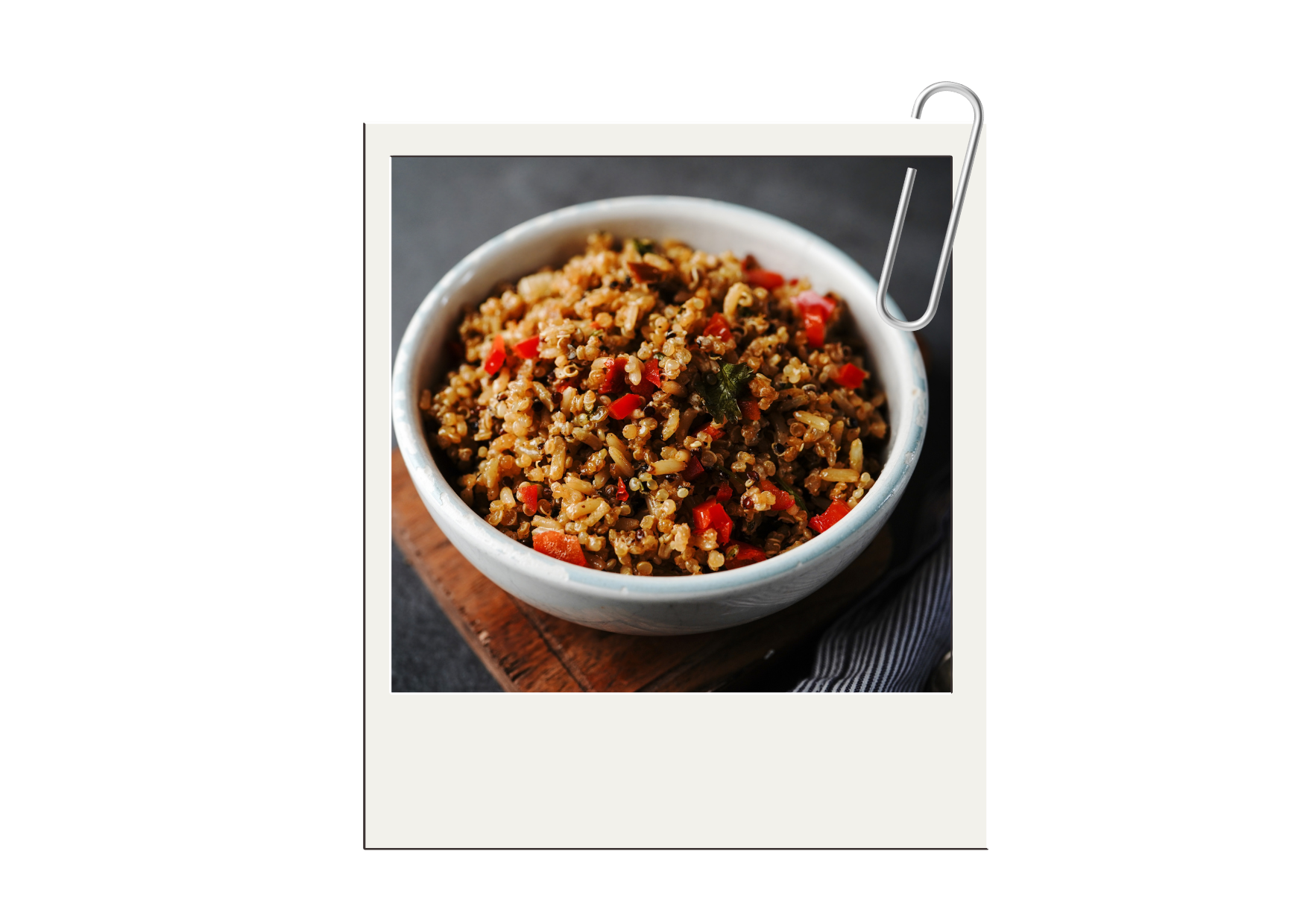
More on Millets
Now that Aditya has peaked your interest, keep learning more about how you can champion millets in your homes, kitchens and communities. The Chefs’ Manifesto website has resources for you to learn about millets, including articles and recipes to get you started.
-
Chefs’ Manifesto Podcast – Millets: Climate Smart Seeds of the Future | This episode features everything you need to know about millet. Chef Vanshika Bhatia and Chef Mokgadi Itsweng share their experiences cooking and experimenting with millets in their kitchens. Hear as well from Shivali Sharma, a scientist at the International Crops Research Institute for the Semi-Arid Tropics (ICRISAT), on how many sustainable benefits millets bring to the table.
-
Read more about millets’ potential to improve nutrition, the natural environment, and the livelihoods of vulnerable smallholder farmers here.
-
Explore the Year of Millets recipe collection here.

